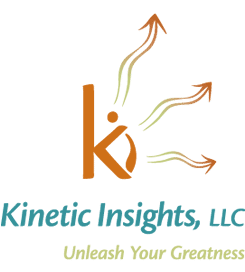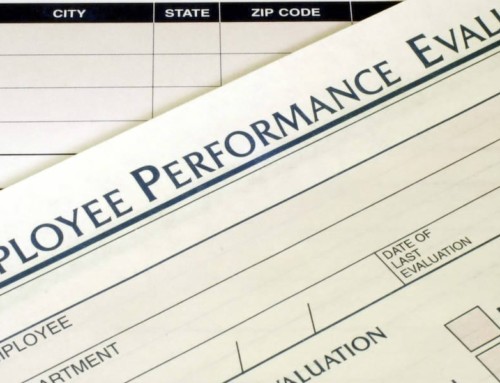A common coaching topic with mid tier company CEOs, large company VPs, and F500 Directors is Balancing Thinking, Leading and Doing. As new managers and junior executives we hopefully learned to delegate and hold others accountable. However, when we get to the upper echelon, we must learn to do less and think more.
What do I mean by this?
Thinking is constantly considering a grander future without restraint, e.g. contemplating “what if…” toward blue ocean concepts or complete disruption of market norms.
Leading is getting work done through leaders and organizational members as well as growing leaders, e.g. asking the right questions to ensure leaders have a big picture view of their own departments, prioritizing and reallocating resources for departments to complete strategic plans, leading external updates to shareholders, board members, or market reviewers.
Doing is the actual work that takes place to create results, e.g. managing a project, creating spreadsheets for budgets, meeting with customers to solve problems, managing meeting agendas, doing performance plans etc.
The balance of doing, leading and thinking shift as each executive moves up the hierarchy.
- The value of the higher level executive is to understand, project and adjust vision, strategies and actions as internal and external factors change.
- Driving results is now a question of reviewing others’ work, analyzing key measurements and dissecting processes and expected outcomes for validity and efficiencies.
Highly productive executives manage their workload on their task lists by asking “is this work/task something I can do?”
- If you are doing work that one of your direct reports or lower can do then you are shortening the organization on the talent you bring to bear to your position.
- Work you do that should be assigned to a direct is robbing the direct report of the opportunity to drive results and grow as a leader.
My clients ask what is the right balance? And like many things in executives’ lives, that depends on several factors. The smaller the organization the larger the need for work and thinking to dominate, but not without leading. The larger the company the more thinking and leading dominate, but not without personal work. The balance needs to constantly be reviewed and stretched by each executive. Learning and evolving to provide your highest value to the organization.
For more information about CEO leadership:
- The 8 Crucial Tasks of a CEO
- Lead from the Top: 5 Core Responsibilities of a CEO
- How Fortune 500 Leaders Spend Every Minute of the Day
At Kinetic Insights, our PathFinders are skilled in helping leaders unleash the greatness in themselves and in their organizations. Call or email us for a quick discussion that just might put you and your team on the path to significant change.
Gail A. Froelicher is Founder, CEO and PathFinder of Kinetic Insights, LLC. For over 11 years, Gail and her team of PathFinders have journeyed with their customers to forge successful paths in rapidly changing business environments.











Leave A Comment